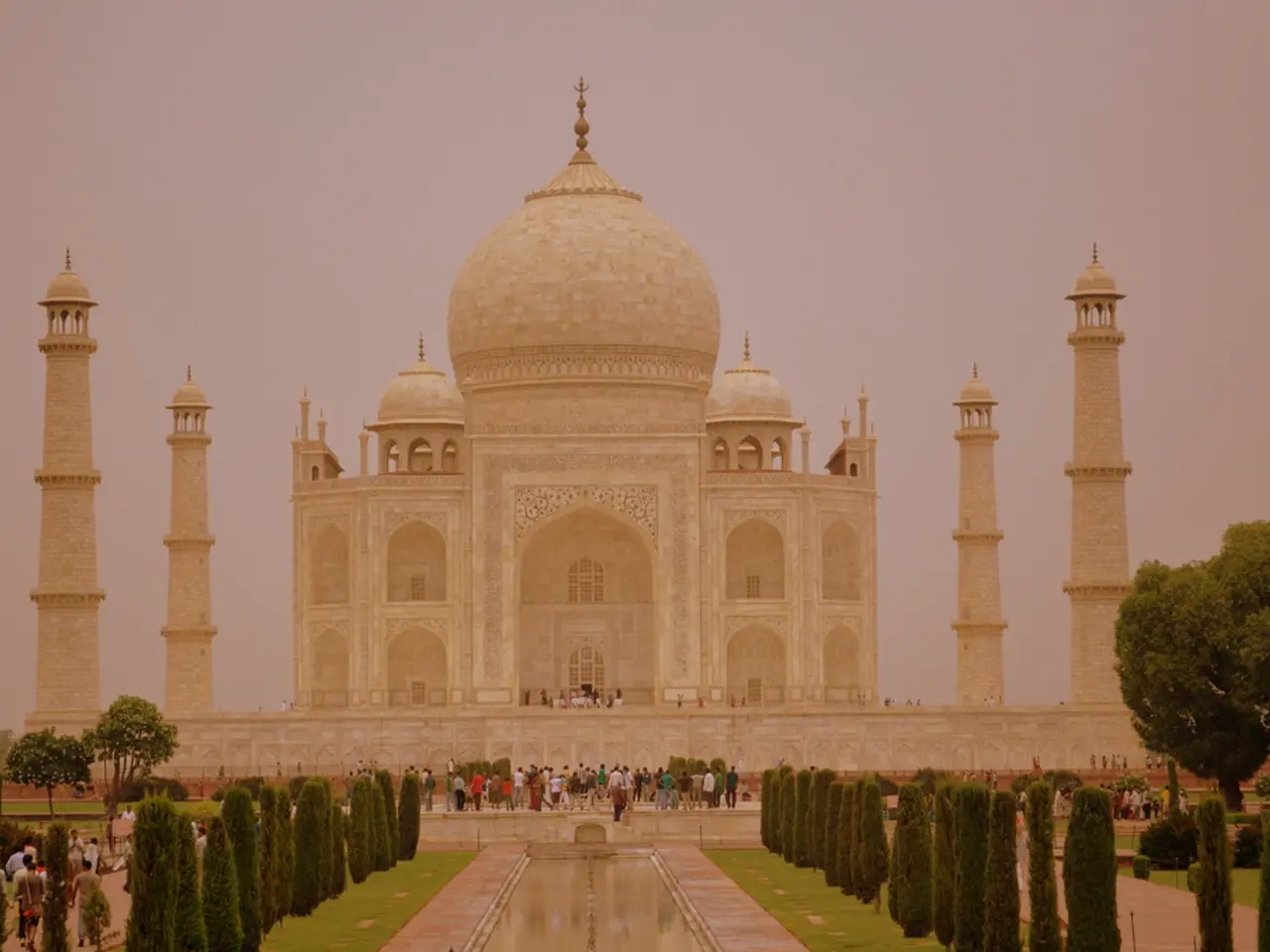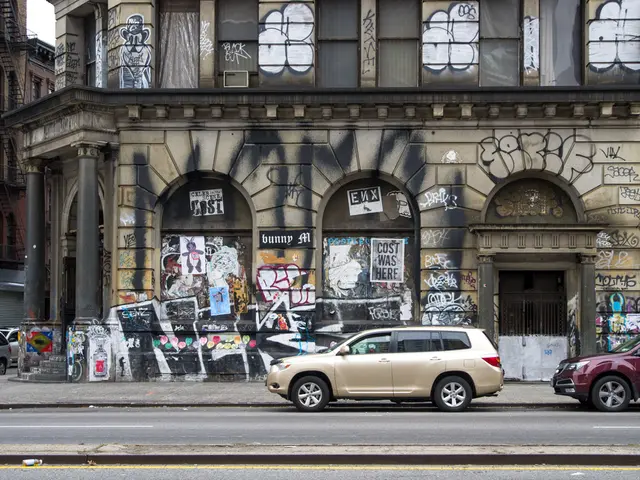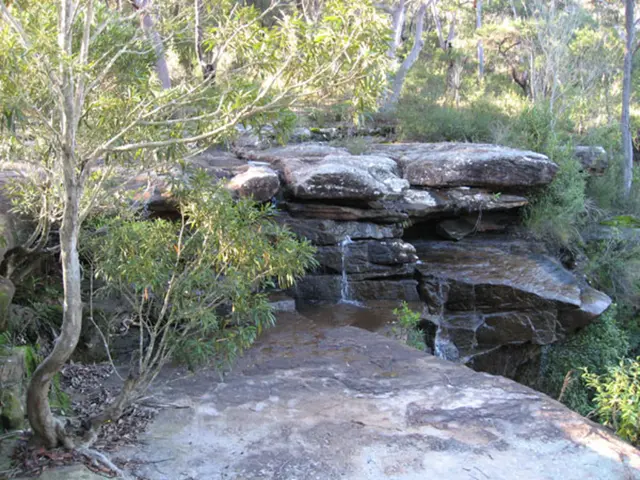Taj Mahal's Main Dome Leakage: Ancient Monument's Integrity Compromised by Discovered Leak
In the historic city of Agra, the Archaeological Survey of India (ASI) has embarked on a mission to preserve the iconic Taj Mahal, a UNESCO World Heritage Site and a beacon of India's cultural heritage. The focus of current conservation efforts is primarily on addressing water seepage, particularly in the main dome, with the aim of preventing further deterioration.
The ASI has conducted thorough inspections using advanced technology such as thermal scanning and Light Detection and Ranging (LiDAR) to identify concerns. These investigations have revealed several issues, including deterioration of mortar between stones on the main dome, weakening of the door and floor in the dome’s roof area, and rusting of an iron rod supporting the dome’s finial, causing mortar expansion. Repair work is planned to take approximately six months to remedy these structural issues.
Despite recent vigilance due to early monsoon rains in 2025, ASI officials have maintained that there is currently no active seepage or structural defect in the Taj Mahal. The scaffolding around the dome’s pinnacle is part of routine conservation and inspection work rather than an emergency response.
However, broader challenges persist. Pollution and climate change are taking a toll on the monument, causing yellowing of the marble and rising water levels in the Yamuna River, which threaten the foundation. The Indian government has implemented measures such as pollution controls, buffer zones, and regular cleaning to combat these issues.
The preservation of the Taj Mahal is of paramount importance for Agra's tourism and hospitality industry. With eight million tourists visiting annually, the monument's pristine appearance and structural integrity are crucial for sustaining visitor interest and supporting the local economy. Rigorous conservation efforts help maintain the Taj Mahal's appeal, while ASI's assurances that inspections and repairs will not close the monument to visitors help sustain tourism flow.
Conservation activities may cause temporary inconveniences or restricted access to certain parts, which the hospitality sector needs to manage carefully to minimize disruptions. Sustainable and community-sensitive tourism practices are also emphasized to protect the site and local communities, suggesting a need for inclusive and environmentally sensitive tourism development in Agra.
The ASI has confirmed water seepage in the main dome of the Taj Mahal. Preventive maintenance is crucial due to the dome's aesthetic and symbolic significance to the Taj Mahal. New maintenance procedures are required due to climate change and aged infrastructure. The ASI plans to install marble-joint grouting and improve drainage channels to prevent frequent seepage.
Local hotel groups have expressed confidence in the Taj's ongoing appeal and praised the ASI's openness and prompt action. Itimad-ud-Daulah's Tomb, another historical gem in Agra, is worth visiting during a trip. Preserving the Taj Mahal is essential for Agra's cultural legacy and the entire economic system that depends on foreign visitors and hospitality.
In conclusion, the ASI's efforts to conserve and preserve the Taj Mahal are a testament to its commitment to protecting India's cultural heritage. The Taj Mahal's future remains secure, ensuring Agra's status as a world-renowned tourist destination and supporting its hospitality industry.
The ASI's plan to install marble-joint grouting and improve drainage channels in the Taj Mahal is a critical step towards addressing water seepage, a concern for the monument's long-term preservation. With the ongoing conservation efforts, planning a lifestyle journey that includes travel to Agra and a visit to the Taj Mahal remains an enticing cultural experience, contributing significantly to the city's tourism and hospitality industry.




